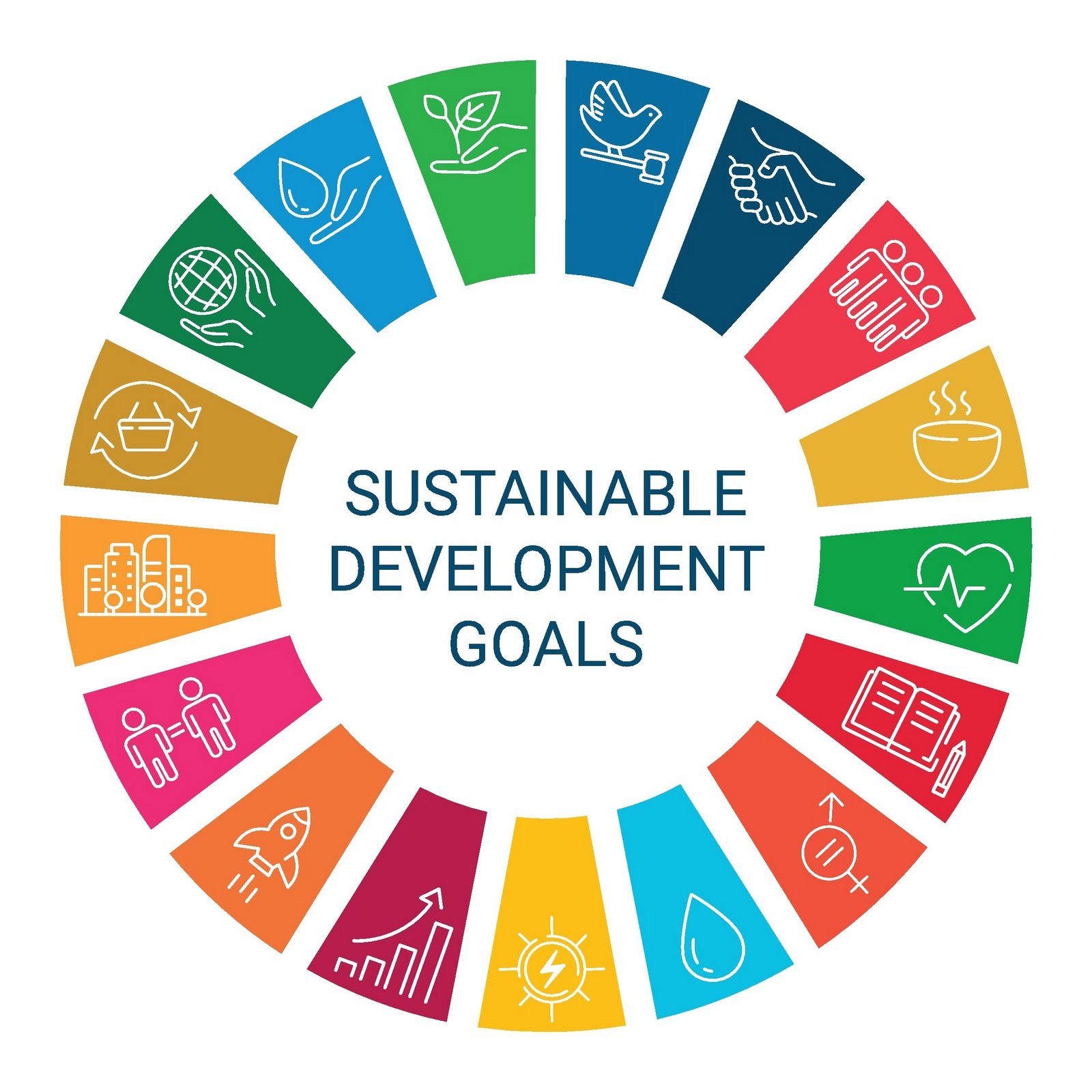global

The United Nations has been in the forefront of building a sustainable and prosperous future. In 2015, they adopted an action plan called The Sustainable Development Goals (SDG’s) A.K.A. Global Goals, aiming to end poverty, protect the planet and ensure peace and prosperity to all people by 2030. These Sustainability goals were created through the mass participation and collaboration of over 170 countries across the globe.
This began in June 1992, at the Earth Summit held in Brazil, where 12 major conferences gave governments a platform to talk about the pressing issues that the world was up against . This meeting of the minds resulted in Agenda,21, a comprehensive plan that was to be adopted and implemented by the national and local agencies of the UN System to improve human lives and protect the environment.
2000
In September, 2000, the Millennium Summit was held in the UN headquarters, New York with the attendance of 149 Heads of State and Government and high-ranking officials from over 40 other countries. This summit led to the creation of eight Millennium Development Goals (MDG’s) which aimed at reducing poverty by 2015.
2012
In June 2012, the United Nations Conference on Sustainable Development (Rio+20) was held in Rio de Janeiro, Brazil. The member states adopted the outcome document called “The future We Want” and launched the development of Sustainable Development Goals, as a declaration on sustainable development and a green economy, based on MDGs.
In 2013, a 30 member group was assigned the task of creating the proposal and in 2015, the General Assembly started negotiations, culminating in the 2030 Agenda for Sustainable Development with the 17 SDG’s at its core.
2013
The vision for this new agenda states “In these Goals and targets, we are setting out a supremely ambitious and transformational vision. We envisage a world free of poverty, hunger, disease and want, where all life can thrive. We envisage a world free of fear and violence. A world with universal literacy...”
These
new goals may seem similar to the previous ones. However, there are a few key differences between these SDG’s and the old MDG’s.
The MDG’s and the old plans usually targeted developing nations and regions with extreme vulnerability and poverty.
SDGs are universal, applicable to all countries and regions. It urges nations to take collective responsibility towards climate action, reduce unemployment, strengthen gender equality, etc.
Moreover, the SDG’s are interlinked and recognizes that balance between economic, social and environmental sustainability is vital for global development, unlike previous plans which focused on one issue at a time. The SDG’s are based on the premise that changes in one area will affect the others.
This new agenda emphasises that the planning should be risk informed- preparation, prevention, mitigation. Nations will save money, resources and most importantly, lives. As they say ‘Better safe than sorry’.
The UNDP vows to work and collaborate with the other branches of the UN ecosystem such as UNFPA, UNICEF, and UN-Women. They plan on implementing the principle of ‘No One Behind’ and ‘Furthest Behind First’.
Eradicating
poverty
Addressing climate change
Adolescent and maternal health
Gender equality and empowerment
Development of the entities of the United Nations Development System towards peacebuilding
Emphasizing
that development is a central goal in itself, and that in countries in conflict and post-conflict situations, the development work of the entities of the United Nations development system can contribute to peacebuilding and sustaining peace, in accordance with national plans, needs and priorities and respecting national ownership.
The world, in its current state, has a very volatile immediate future, with the pandemic pushing more people towards poverty, causing mass unemployment.T hese SDG’s act as a ray of hope to our future generations. In the end, none of this will effectively work unless we take responsibility and collectively harness the expertise, knowhow, technology from businesses, institutions and the people of our societies and communities.
